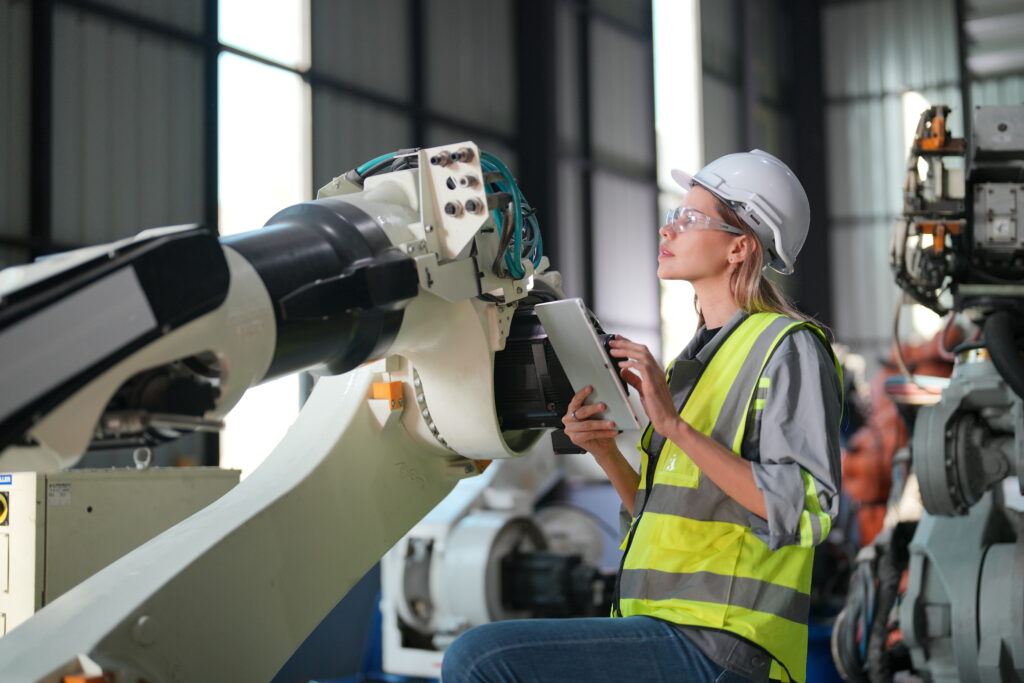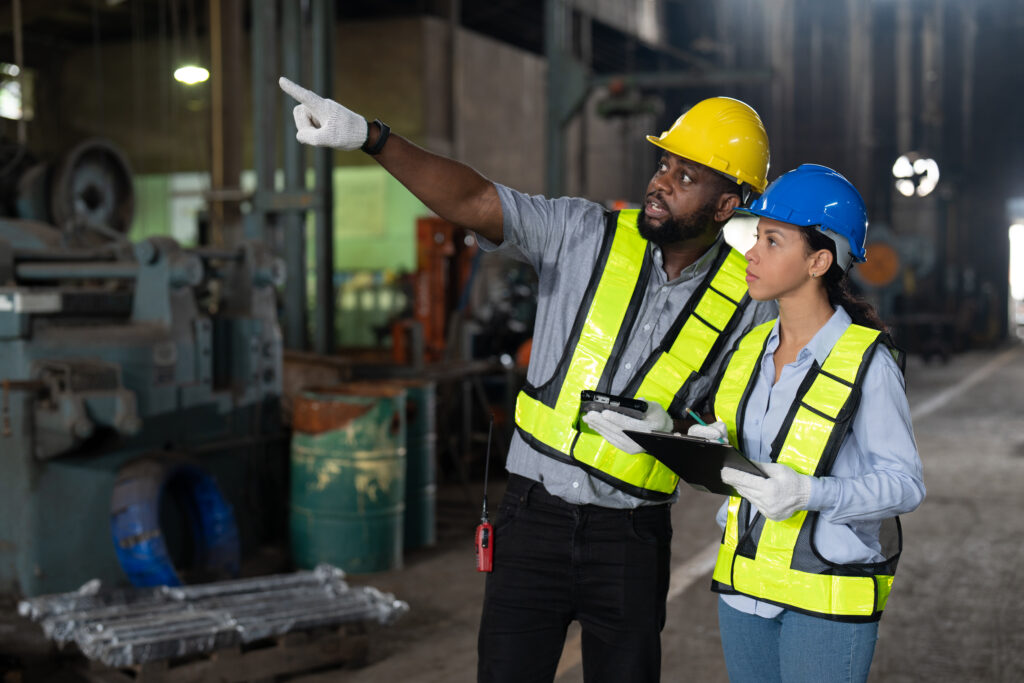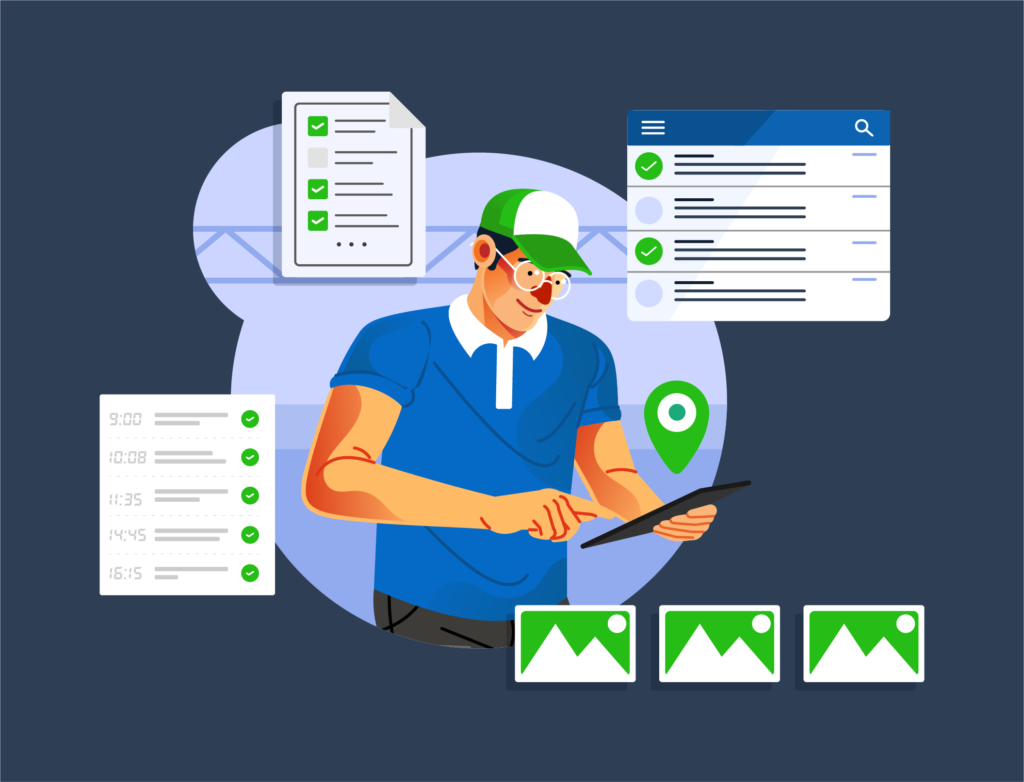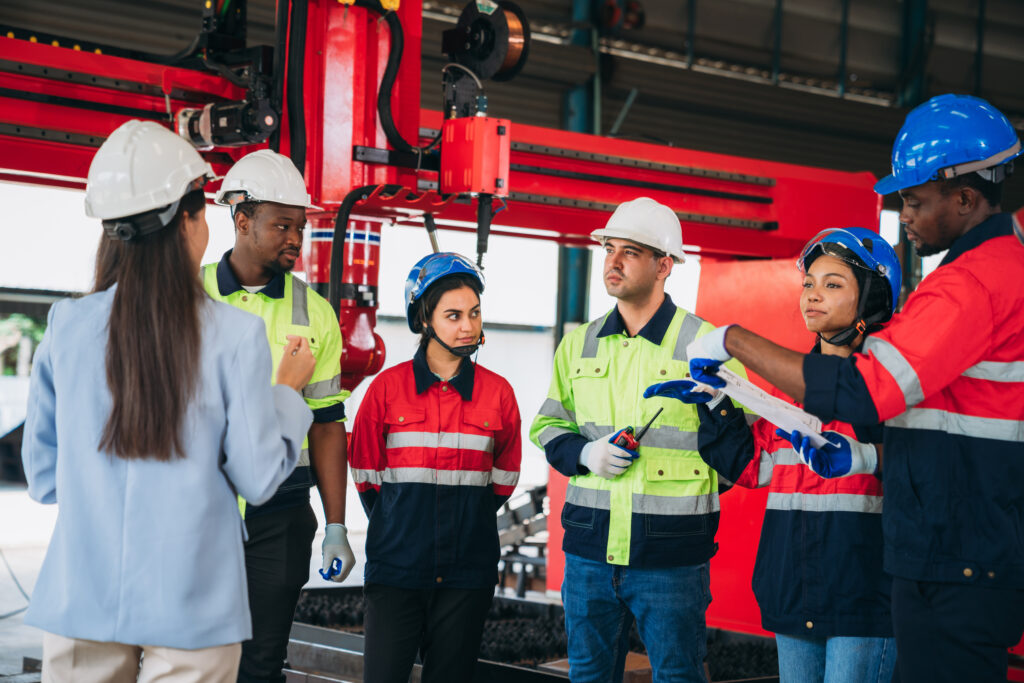A dynamic risk assessment is the safety process of quickly evaluating and responding to risks in real-time, so work can proceed safely.
It’s designed for quick decision-making in response to immediate challenges.
In this article, we’ll explore how dynamic risk assessments can keep your lone workers safe in the field.
What is a Dynamic Risk Assessment?
A dynamic risk assessment is a flexible and ongoing process used to identify, evaluate, and manage risks in environments or situations that are constantly changing.
Traditional risk assessments are usually conducted before an activity begins. It’s based on the assumption of a stable environment.
Dynamic risk assessments require those involved to continuously observe and analyse their surroundings to make quick, informed decisions to mitigate risks.
Why are Dynamic Risk Assessments Important?
Dynamic risk assessments are crucial for many workers, but especially lone workers. This is because they often face unique and unpredictable challenges in their day-to-day tasks.
Working alone can increase vulnerability to both common and unforeseen hazards.
They help in various ways:
They empower workers by giving them the tools and knowledge to make informed decisions in real-time. This autonomy is vital in situations where waiting for guidance could escalate a risk.
They promote a culture of continuous safety awareness. Lone workers learn to constantly scan their environment for changes that could present new hazards. This ongoing vigilance ensures workers can react promptly to any situation.
The people who are most likely to benefit from a dynamic risk assessment include (but aren’t limited to):
Care providers visiting people in their homes
Retail workers
Security guards
Police
Healthcare professionals
Formal vs Dynamic Risk Assessments
Risk assessments are broadly categorised into two types: formal and dynamic.
Both play pivotal roles in ensuring safety but serve different purposes under varying circumstances.
Formal Risk Assessments
A formal risk assessment is a structured approach to identifying, evaluating, and addressing potential risks in the workplace.
These are typically conducted regularly on a formal basis by supervisors or a health and safety specialist.
It is a hypothetical approach to identify hazards that could cause an incident and mitigate or eliminate the root causes in advance.
Dynamic Risk Assessments
Dynamic risk assessments are more flexible. They allow workers to respond to real-time unexpected risks.
Dynamic risk assessments are crucial for high-risk roles exposed to unpredictable risks, where an extra layer of awareness and adaptability is needed.
This more flexible method allows workers to respond to real-time unexpected risks, allowing for immediate threat identification and mitigation to prevent escalation.
How Do They Differ?
The key difference between the two lies in their application and timing.
While a formal risk assessment lays the groundwork for a safe working environment by anticipating hazards, dynamic risk assessments rely on the worker’s instinct and observation in the field.
Dynamic risk assessments enable a rapid and effective response to immediate dangers.
However, both are needed to form a comprehensive safety strategy that addresses both foreseeable and unforeseen risks.

How to Conduct Dynamic Risk Assessments
Dynamic risk assessments will differ according to each specific situation. However, they do follow these basic steps:
Observe and Identify Immediate Hazards: The first step is to stay vigilant and identify any potential dangers in the current environment. This could range from sudden changes in weather conditions to unexpected activities in the vicinity that could pose risks.
Evaluate the Risk: Quickly assess the severity and likelihood of the identified hazards causing harm. Consider both the immediate impact and potential escalation if the situation is not addressed.
Decide on the Best Course of Action: Based on the evaluation, determine the most effective safety measures to mitigate the identified risks. This might involve adjusting work plans, using safety equipment, or even evacuating the area if necessary.
Take Appropriate Action: Assign the corrective or preventive actions promptly to those who should address the issue.
Monitor and Adapt: Continue to monitor the situation as it evolves, ready to reassess and adapt your approach if needed. Dynamic risk assessments are ongoing processes that require constant vigilance and flexibility.
Report and Document: After the situation has been safely managed, report the incident and the response to it. This can help in reviewing safety procedures and preparing for future incidents.

Dynamic Risk Assessment Example
Let’s take an example of a civil engineering firm.
This firm would typically conduct regular formal risk assessments at a construction site to identify and mitigate risks. These would include risks such as working from height, electrical hazards, machinery risks, etc.
The preventive and corrective measures that result from these formal risk assessments can include safety gear, buddy systems when working from height, and removing electrical hazards.
These are the hazards that can be predicted in advance.
On the other hand, a dynamic risk assessment is conducted more frequently as and when the situation calls for it.
Imagine an engineer who needs to inspect hazardous machinery alone for maintenance. Before starting, a dynamic risk assessment is essential. Here’s how it might unfold:
1. Environment check
The engineer first evaluates the surroundings of the machinery to identify potential hazards.
Is there anything that could fall and trap him? If they’re outdoors, will the current weather be a hazard to the task at hand? Is the safety equipment in good condition?

2. Hazard identification
After scanning the current workplace, the engineer should list down any present dangers identified. This is crucial for understanding the potential risks to his safety. Let’s say, for example, the engineer noticed the safety harness rope was damaged.
3. Risk evaluation
The engineer assesses the risk level; for instance, using a compromised safety harness while working at height is deemed too dangerous to proceed.
4. Choosing the necessary corrective or preventive measures
The engineer decides to replace the faulty safety harness with one that’s in good condition to ensure safety during the task.
5. Action assignment and reporting
After completing the job, the engineer needs to report the compromised safety harness and assign it to the relevant person in charge of managing inventory and purchasing safety equipment.
While some things can be prepared ahead of time, such as equipping workers at risk with tools like lone worker alarms, dynamic risk assessments still play a critical role in preventing accidents in high-risk environments or situations.
How to Train Workers to Use a Dynamic Risk Assessment
Dynamic risk assessments often need to be performed swiftly, in a matter of seconds.
Unlike formal risk assessments based on hypothetical situations, dynamic risk assessments don’t have the luxury of pondering decisions.
This is why training your lone workers to prepare for dynamic risk assessments is key.
Proper training ensures they can react faster (since they know what steps to take) and minimise the chances that they panic. A clear mind is vital for making safe decisions.
Here are some pointers on how to train your lone workers to conduct dynamic risk assessments.
Familiarise workers with potential hazards
Each lone working role and situation is different, so every lone worker must be aware of what hazards to look out for.
Here, having a template or checklist that they can refer to can help them conduct a thorough dynamic risk assessment without overlooking key factors.
Digital inspection tools can be used to create inspection templates that streamline the dynamic risk assessment process, ensuring no critical aspect is missed.

Ensure workers are aware of possible solutions
Your lone workers must also be aware of the possible solutions for various scenarios, so they can make quick, informed decisions.
For instance, in the presence of smoke, understanding whether to use a fire extinguisher, fire blanket, open windows, or activate the fire alarm is crucial.
If the smoke is coming from machinery, the worker should know who to call and how to shut down the machine if they can do so safely.
They should also know how to evaluate when it’s necessary to activate the fire alarm and vacate the premises immediately.
Provide specialised training for quick reaction
One big part of being able to confidently assess risks in the moment is developing a heightened awareness of your surroundings.
Consider role-specific training, such as body language training for retail workers or self-defence for security personnel, to enhance their response in emergencies.

Conduct role-play training regularly
Role-play training is like fire drills. It puts your employees in a real-life situation that could happen and requires them to think and react quickly.
Regularly training your staff this way can help workers refine their decision-making process and remain calm under pressure when caught in a high-risk situation that demands a dynamic risk assessment.
Collect and implement feedback
Continuously gather feedback from workers and analyse incident reports to improve and adapt training programs, ensuring they remain effective and relevant.
Speaking with employees about their experiences on the job is one of the best ways to keep your lone worker policy practical and up-to-date.
Offering the appropriate advice and training on dynamic risk assessments means that they will be more able to offer actionable information that can then be used to protect themselves and their colleagues in the future.
How Can We Help?
Ensuring workers are better able to assess risks is a significant first step towards keeping them safe.
However, equipping them with the tools to take action in dangerous situations is equally important.
Personal safety devices can empower employees to discreetly summon help in threatening scenarios that put their safety at risk.
Also called lone worker alarms, they are equipped with features like built-in Man Down sensors that automatically alert others if the user is incapacitated due to a fall.
To find out more about how Vatix can help you to keep lone workers safe, or to explore our range of safety solutions, talk to sales here.

